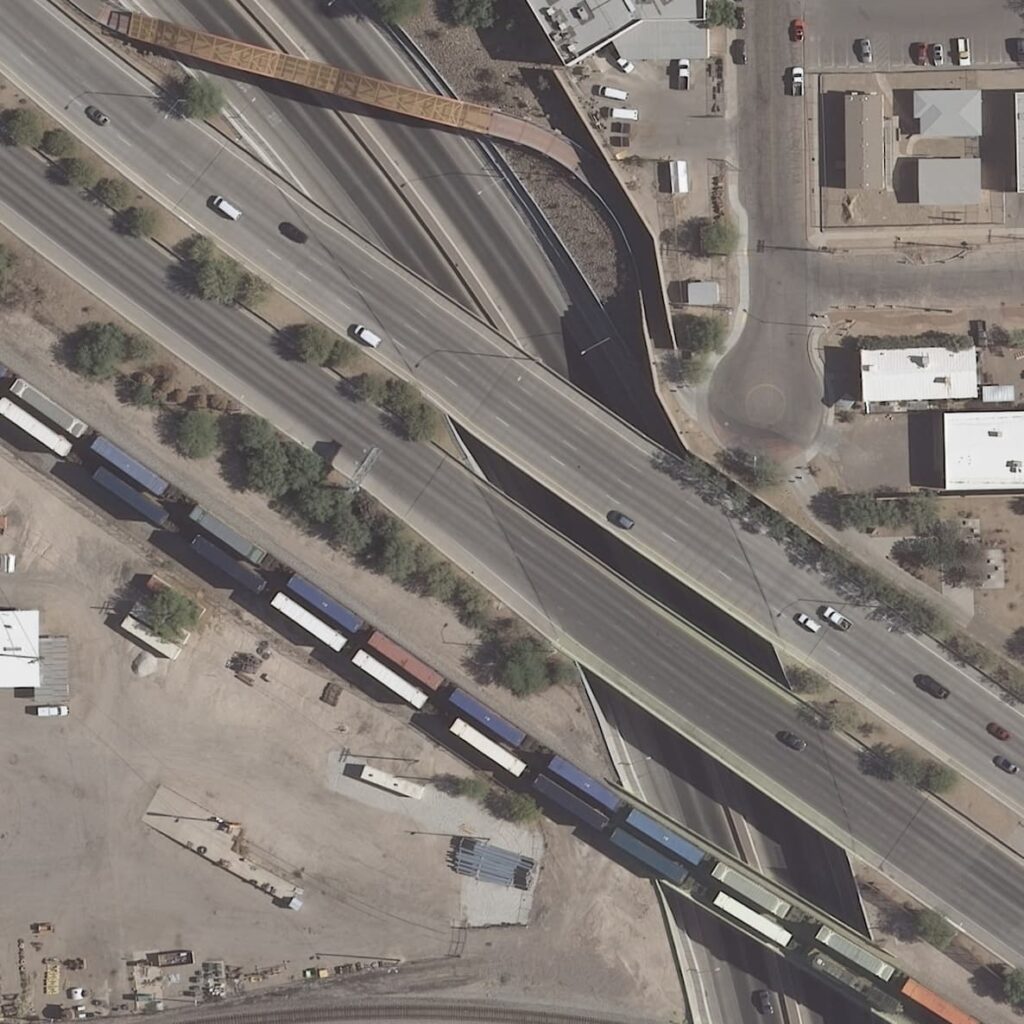In the greater Tucson region, Pima Association of Governments frequently talks about “regional” in terms of roadway projects and improvements. This perspective makes sense especially when we consider projects funded by the Regional Transportation Authority, which is managed by PAG.
To help you better understand what we mean by “regional” when we talk about regional corridors and why it’s important, here’s a brief overview:

Regional: In most basic terms, a regional corridor is a major roadway corridor that crosses jurisdictional boundaries.
“We tend to think of regional corridors as part of an arterial network that connects subregions and subareas across one or more jurisdictions,” said Rick Ellis, PAG transportation planning director.
An example corridor improvement funded by the current RTA plan is Valencia Road. This roadway traverses the entire southern portion of the Tucson metro area, nearly 25 miles of blacktop in the City of Tucson and unincorporated Pima County. It provides access for residents of subareas such as Vail, Drexel Heights and Valencia West. Other current RTA projects such as Tangerine, Silverbell and Houghton roads are other examples of regional corridors.
The goal for regional roadway is to ensure that it is “fully functional” and include multiple travel lanes in each direction, drainage structures, bike lanes, sidewalks, transit features such as bus pullouts and improved intersections.
The RTA Next draft plan continues the investment in regional roadway projects. For example, several of the projects proposed for Drexel Road would improve more than six miles of aged roadway within Tucson and unincorporated Pima County including construction of a bridge over the Santa Cruz River.
An expanse such as Broadway Boulevard, which includes RTA-funded improvements from Country Club Road to Euclid Ave. and Camino Seco to Houghton Road, is a regional corridor because of its high-vehicle capacity, and it traverses through multiple jurisdictions. Broadway also has additional amenities such as bike lanes, sidewalks and other pedestrian safety features. It also serves traffic headed to multiple commercial and retail centers and connects to a highway.
Regional significance: This term refers to roadways that are contained mostly within a single jurisdiction but that also provide the important connectivity to sub-regions and other key regional corridors.
“It’s not a perfect black and white definition, but it helps provide a distinction for roadways within a single jurisdiction,” Ellis said.
Examples of current RTA-funded projects that fit into this category include Grant Road and 22nd Street. Grant Road has many of the characteristics of a regional corridor, with high capacity and an interstate connection, but it is fully within the city of Tucson.
In contrast, roads like Pima or Fifth streets have less vehicle capacity, typically operate at lower speed limits, and serve primarily local traffic. Smaller roadways also can facilitate travel across the region, but drive times are usually longer and traffic flows less freely.
Why it matters: Identifying the different types of roadways is important for transportation planning as the region continues to grow. When we understand the different travel characteristics of the various corridors, then the jurisdictions can all work collaboratively to improve existing transportation networks.
Learn more about the regional corridors included in the RTA plan here and see the proposed corridor projects in the draft RTA Next plan here.